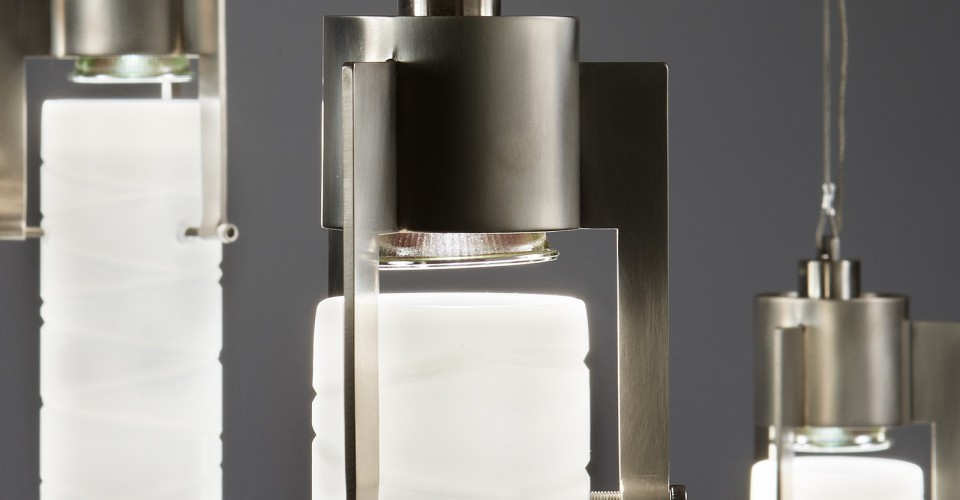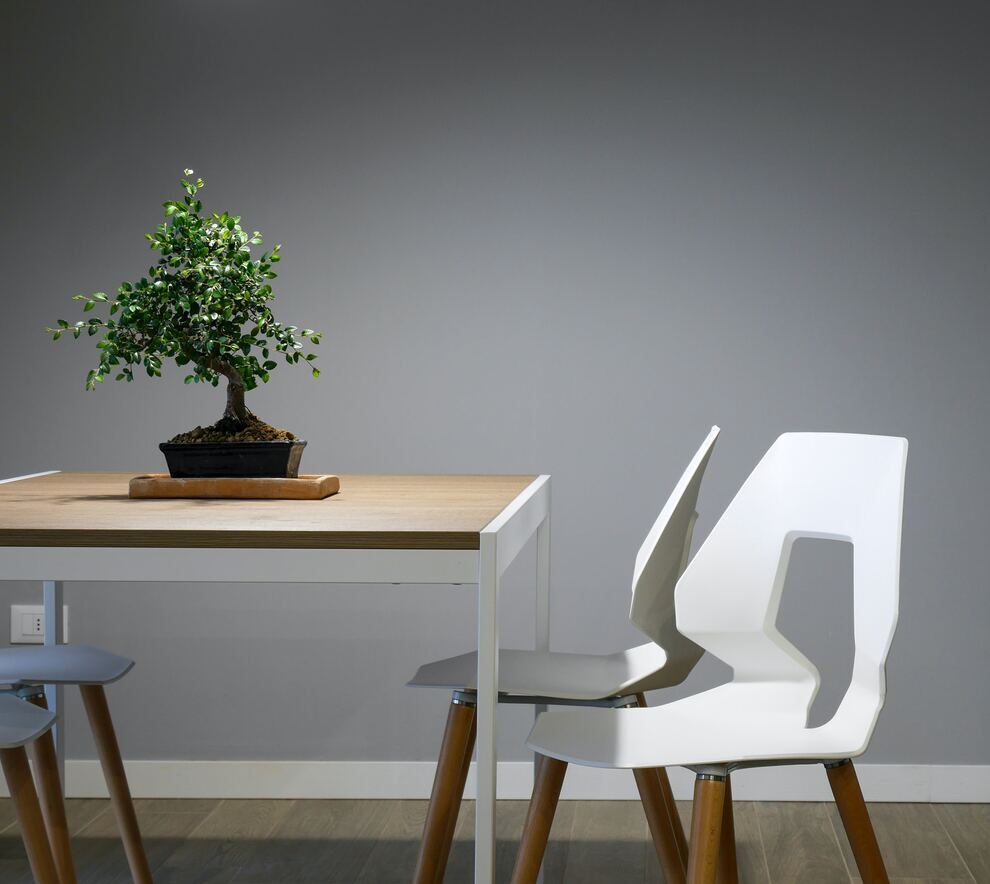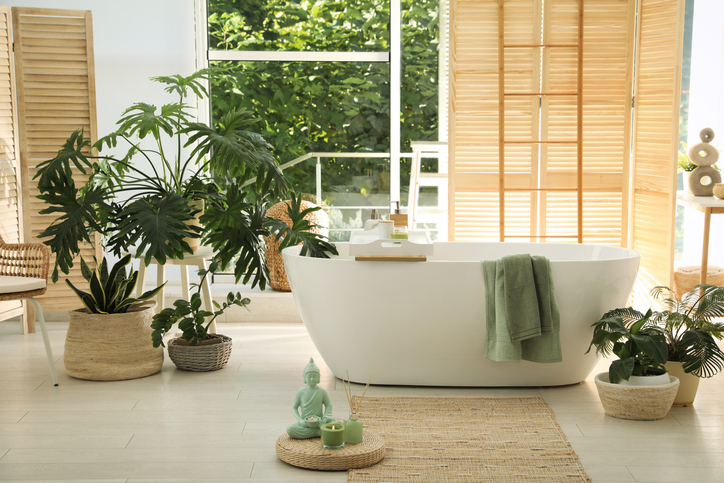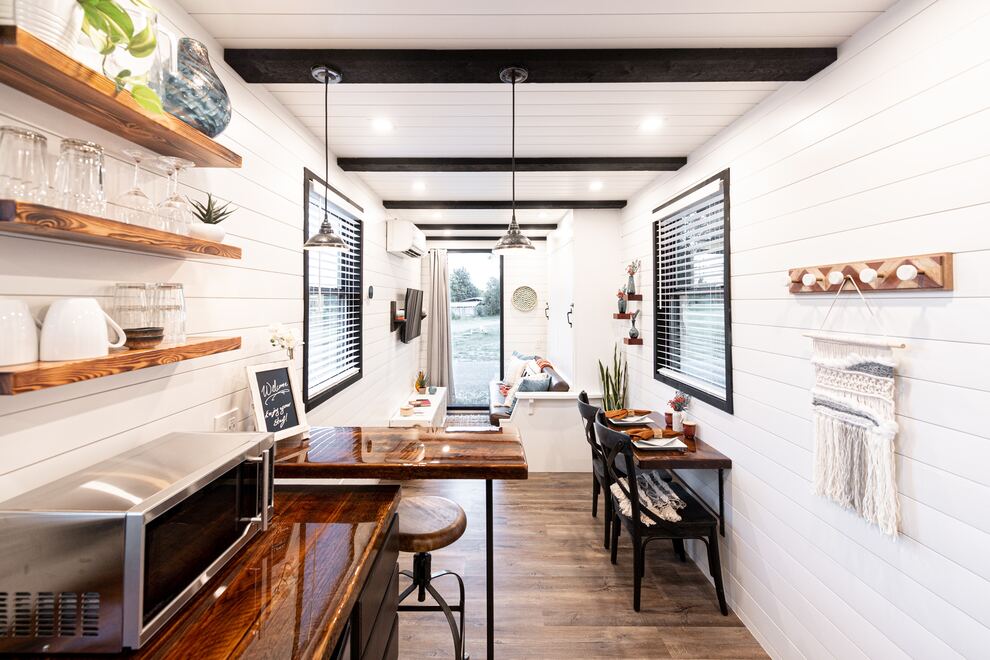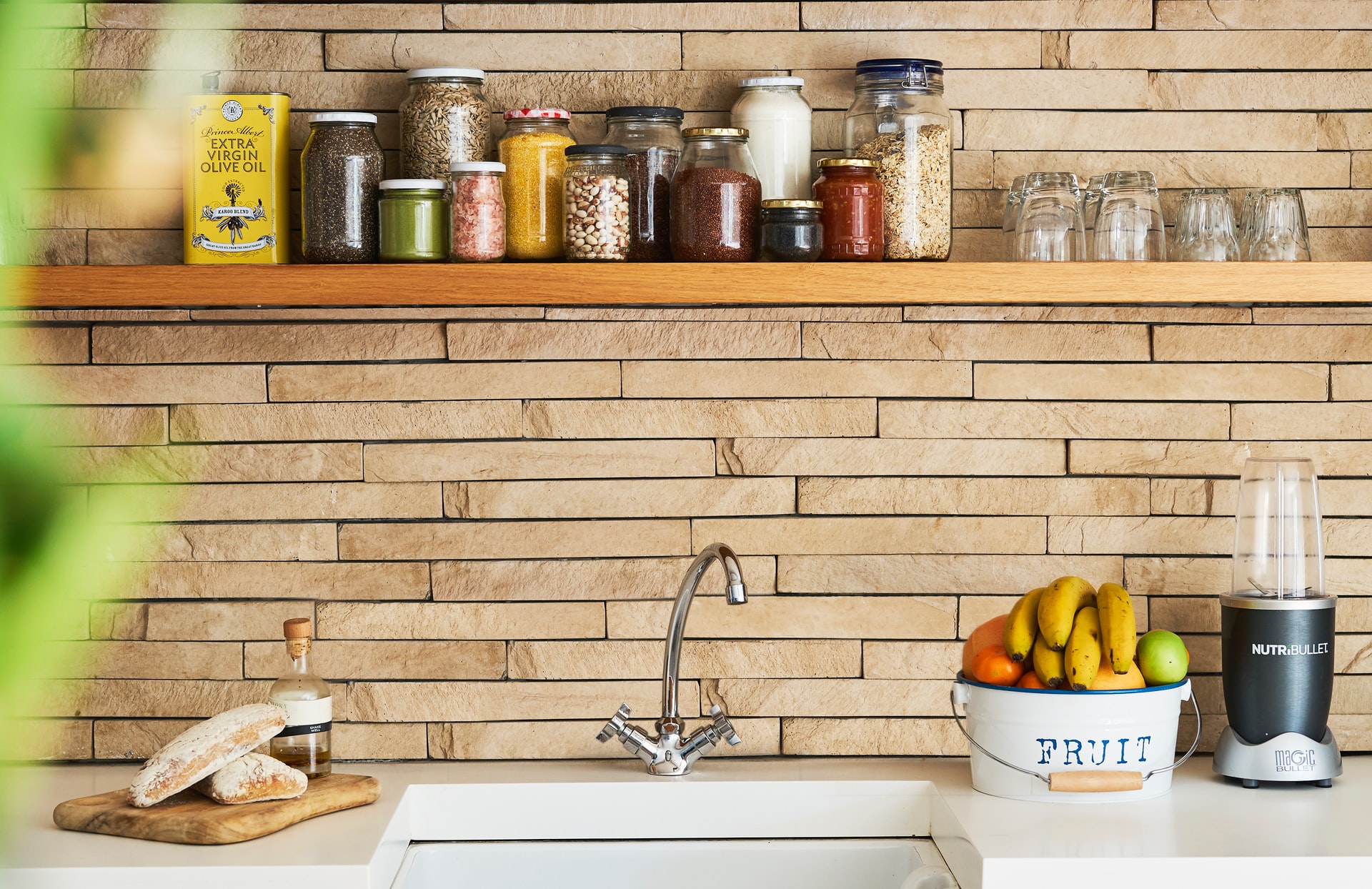Days are getting shorter, the weather outside is getting cooler, and the holiday season is right around the corner. It is during this time of year people are spending more time indoors, cranking up the heat, and using more lighting throughout their home, which ultimately leads to higher energy bills.
When it comes to energy efficiency, Porch.com CEO Matt Ehrlichman states, “People don’t have to invest a lot of time and money to make a difference. Little changes such as switching to energy efficient light bulbs add up. In fact, an average American house can save over $200 per year by replacing incandescent bulbs with compact fluorescent (CFL) or LED.” For those who have not switched over to energy efficient light bulbs (compact fluorescent lights (CFLs), light-emitting diode (LEDs), and halogen incandescent light bulbs) Larry Lauck of the American Lighting Association recommends investigating different lighting options as, “Only around 10% of the energy in old style incandescent light bulbs goes towards lighting, with the remaining 90% of energy spent on producing heat.” In fact, the wasted heat produced by just 34 incandescent 60W bulbs producing 850 lumens of light each would be enough to cook your Thanksgiving turkey at 350°. It would take a whopping 258 LED bulbs, also 850 lumens each, to waste the same amount of heat.
Book an Energy Efficiency Auditor
When considering energy efficient lighting options, Lauck advises that the first thing homeowner’s do is identify the lights in their home that are on for a significant amount of time. For many people this could be porch lights or outdoor lighting, which are best suited for LEDs as they have the greatest energy savings and last over 20 years. For indoor lighting, kitchens and bathrooms typically use a large amount of lighting energy, and are areas where homeowners could save both energy and money by switching to energy efficient lighting. When considering lighting options in a kitchen or bathroom, Lauck encourages homeowners to talk to a professional or visit an American Lighting Association showroom because unlike old style incandescent light bulbs which all have a universal warm yellow hue, energy efficient light bulbs come in an array of colors ranging from cool to warm hues. Professionals can speak to color temperature, dimming features, and energy efficiency to help homeowners choose the right light bulb for their space.
For some humorous ideas about what to do with all of your incandescent light bulbs, check out this infographic!

Top image credit: FINNE Architects
